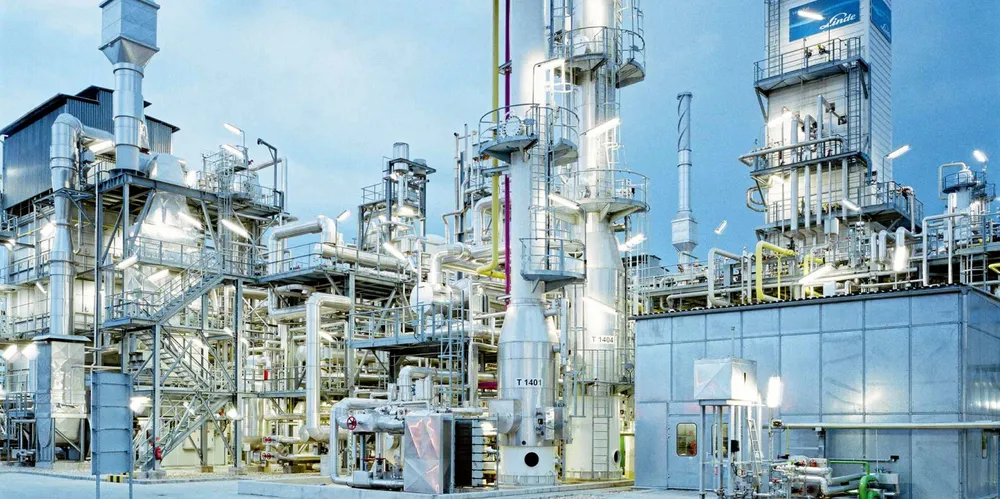ANALYSIS | Would US blue hydrogen projects be clean enough to qualify for climate bill's new H2 tax credits?
Lifecycle greenhouse gas emissions rules mean upstream methane leakage levels will make or break each project, writes Leigh Collins

Lifecycle greenhouse gas emissions rules mean upstream methane leakage levels will make or break each project, writes Leigh Collins
